15+ Peanut Plant Leaves
Allergies or sensitivities come from the seed itself not the entire plant. The fruit is a pod with one to five seeds that develop underground within a needle-like structure called a peg.

Peanut Groundnut Diseases And Pests Description Uses Propagation
Web Nitrogen is an essential nutrient for peanut plants and helps them to produce more leaves and flowers.
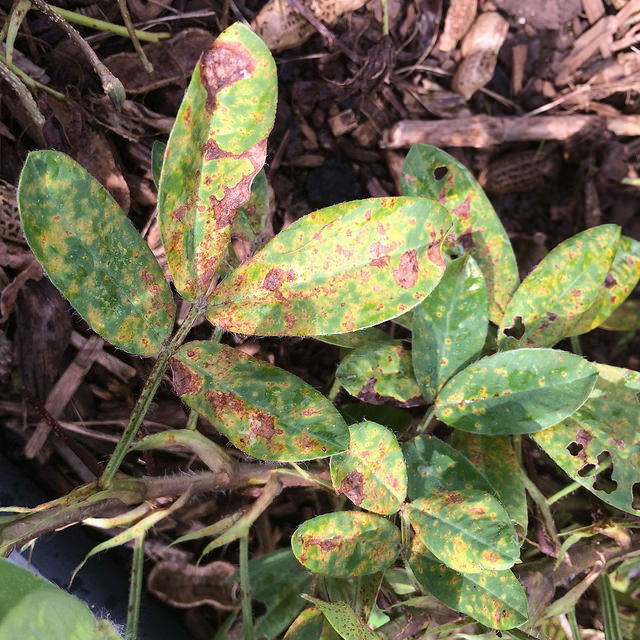
. Planting and Care In North and Central Florida you can plant peanuts from March through May. Web Using Perennial Peanut for Groundcover. Web By Christopher Michel Published.
Web Browse Getty Images premium collection of high-quality authentic Peanut Plant Leaves stock photos royalty-free images and pictures. Planting requirements vary somewhat among peanut varieties. Web In areas outside of the commercial peanut belt the peanut plant can tolerate a light to moderate leaf spot incidence without the need for control measures and still produce a fair yield of pods.
Web The peanut Arachis hypogaea also known as the groundnut 2 goober US 3 pindar US 3 or monkey nut UK is a legume crop grown mainly for its edible seeds. Peanut seeds can become toxic when theyre contaminated by aflatoxins. Theyre surprisingly easy and fun to grow.
The leaves are pinnate and opposite in opposing pairs. The peanut is a herbaceous annual plant that grows to around 1ft- 16ft tall. The plants are nipped by winter frost but if the cold isnt too severe they regrow from rhizomes the following spring.
Web Description Arachis hypogaea or peanut is a legume that is native to Central Brazil and now widely grown worldwide mainly for its edible seeds. Plant peanuts the following spring for best results. This would be 20 pounds for a 10-foot by 10-foot area.
Also the leaves of the peanut plant are fed to farm animals and may have medicinal properties. It is widely grown in the tropics and subtropics important to both small and large commercial producers. Plant perennial peanuts in early spring and by summer the plants are thick enough to choke out most weeds and other unwanted plants.
The flowers come up above the ground while the fruit stays below. Leave them dry raw and in their shell. Web Peanut growth parts and stages.
To plant use raw peanuts as seeds and leave them in their shells for fastest germination. The bright yellow flowers are an added bonus. Apr 22 2021 Save Article If youre looking to take your vegetable garden plot beyond tomatoes basil and the like you may want to give peanuts a shot.
Peanuts can also be grown from plugs and young plants. Farmers plant specially grown peanut kernels from the previous years crop about two inches deep approximately one to two inches apart in rows. Peanut plants prefer full sun and lightweight sandy soil.
Web First Farmers Plant the Seeds. Web Peanut plants should be dug in the fall when plant leaves begin to yellow or after the first frost. These plants grow vigorously so they will fill in the bare soil in no time.
Across the USA Peanut Belt peanuts are planted after the last frost in April through May when soil temperatures reach 6570F. The best way to stop this fungus from spreading is to rotate crops each year. Web The Spruce K.
Web Choose plump unshelled raw peanuts if they have been roasted or boiled they wont grow. Web Groundnuts are small erect or trailing herbaceous legumes about 15 to 60 cm high. The species name hypogaea means under the earth and reflects that fact that the pods containing edible seeds grow below ground.
Using a complete fertilizer such as 10-10-10 you should apply 2 pounds per 100 square feet. The leaves are arranged in alternate pairs and have leaf-like attachments near the. Web If you see yellow spots forming on the leaves of peanut plants and then eventually see the leaves falling off of the plant check to see if they have leaf spot.
Web Leaf spot diseases are caused by two distinct but closely related fungal plant pathogens. Plant peanut seeds 3-5cm deep with a spacing of 30-45cm apart. If you want a solid ground covering space plants about 2 to 3 feet apart.
Dave Growth Stages of a Peanut Plant The National Peanut Board outlines the following stages in the planting growth and harvest of peanuts. At this stage your plant is green and oval-leafed and is roughly 18 inches tall. This occurs after the last frost sometimes in April through May when soil temps have reached 65 to 70 degrees Fahrenheit.
Plant peanuts 1-inch deep between 9 and 18 inches apart for the biggest yield. Check the soil from around the pulled plants to ensure all pods have been collected. Water well and allow to drain and then keep the soil evenly moist throughout the growing season.
Web Transplant peanut plant seedlings to the garden when the soil warms to between 60 and 70 degrees. Web The fourth type Valencia is considered special-use These peanuts are harvested early while still green and are boiled fresh with no drying. The disease cycles of early and late leaf spots and the type of damage caused by the two diseases are similar.
Space transplants 10 inches apart being careful not to damage or bury the crown. Peanuts should be left on the plant and dried for 1 to 2 weeks in a well ventilated area. Early leaf spot is the most common foliar disease of peanuts in Oklahoma while late leaf spot occurs infrequently.
Seed Cracking The peanut seeds will start growing and rising from the soil about 10 days after you plant them. Web Peanuts can be planted directly in the ground or in 18-inch-wide 12-inch-deep containers. Web Since its typically grown as an annual the peanut plant is only propagated by seed.
You can easily save your own seeds after harvesting peanuts. In the South. They also need to be planted in a sunny location.
One interesting thing about these plants is that like many other legumes leaves have sleep movements and close at night. The peanut is an herbaceous perennial but grown as an annual. However fungicides can be applied if necessary to ensure higher yields and better quality peanuts.
Web When you are growing peanuts plant them in well-draining sandy soil that is rich in organic matter such as leaves compost or well-rotted manure. Web Peanut leaves arent poisonous by themselves. Peanut Plant Leaves stock photos are available in a variety of sizes and formats to fit your needs.
Web Perennial peanuts are usually planted as rhizomes which are buried about 1 ½ to 2 inches deep in sandy soil and 1 inch deep in clay soil. Store them in a dry aerated place in a mesh bag.
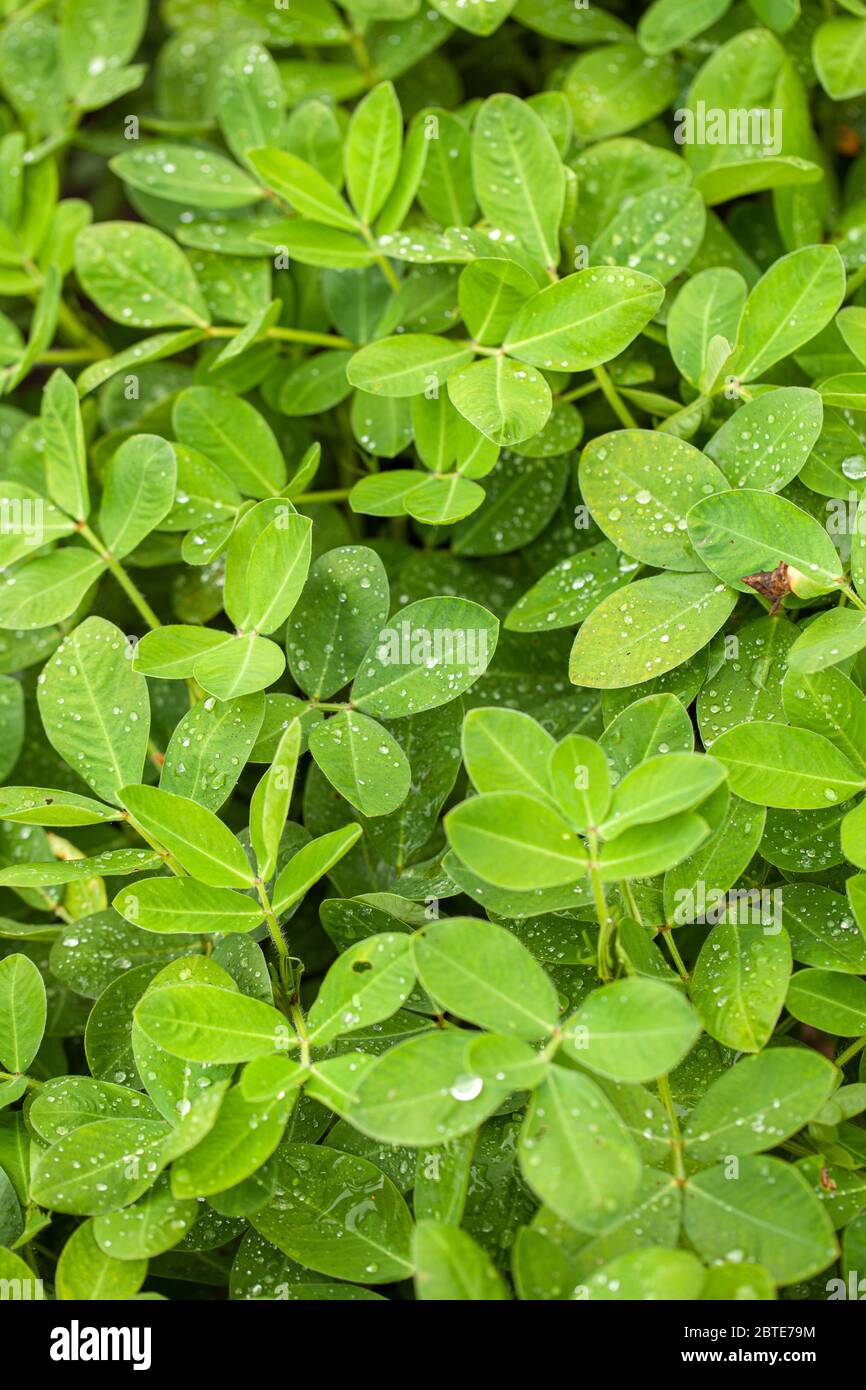
Groundnut Leaf Hi Res Stock Photography And Images Alamy
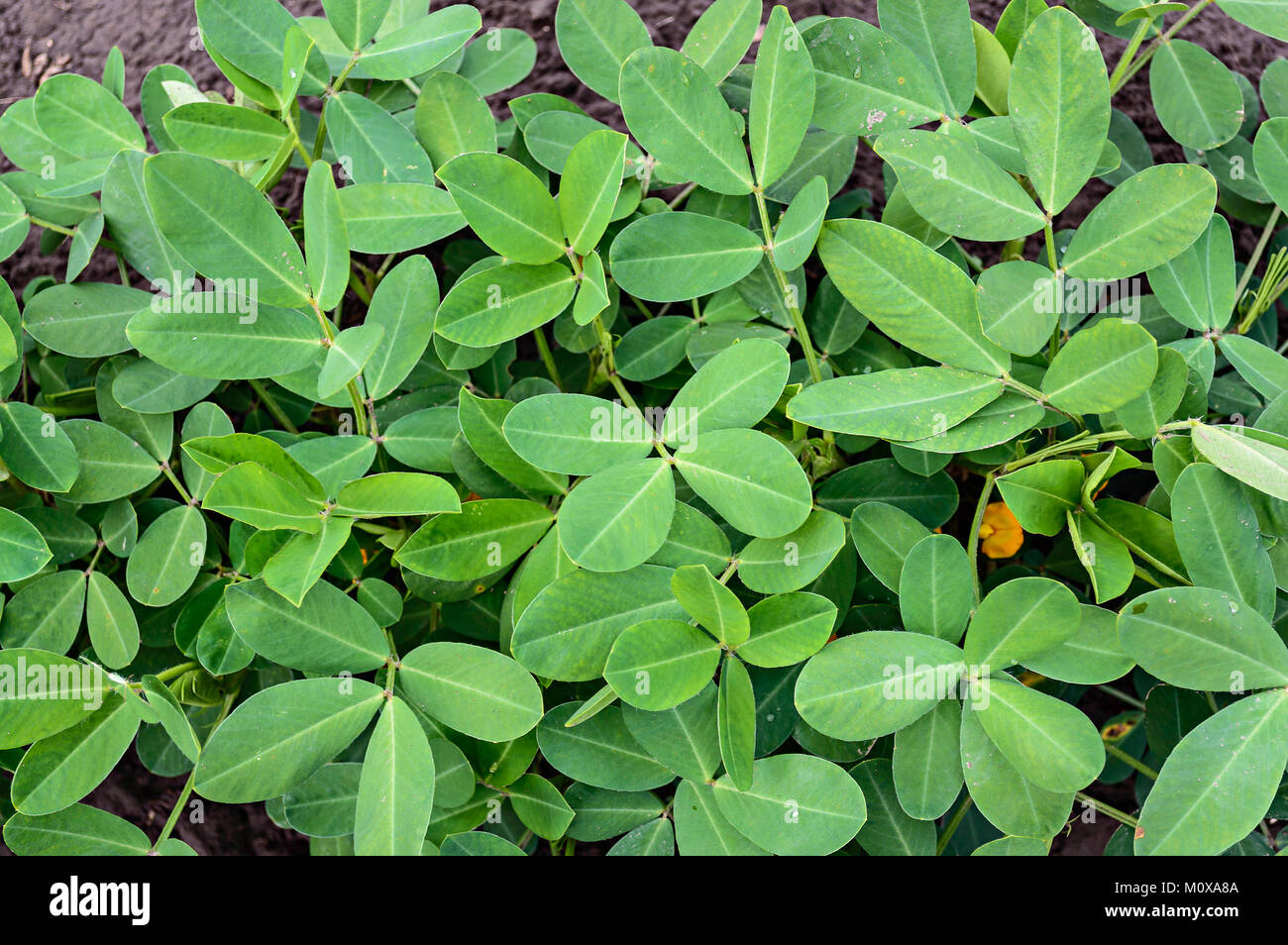
Young Groundnut Or Peanut Leaves Background Stock Photo Alamy
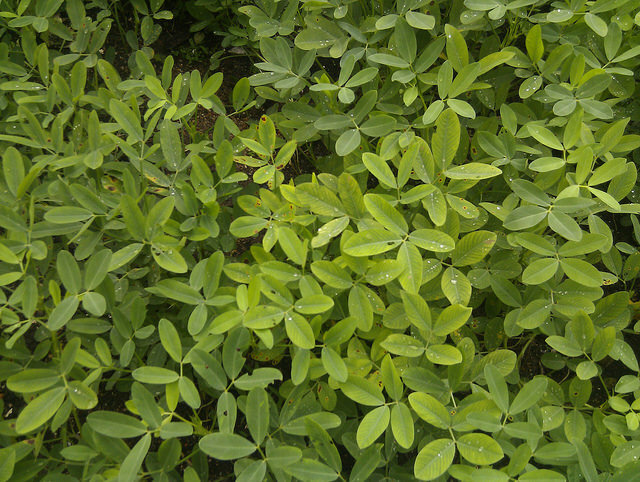
Peanut Groundnut Diseases And Pests Description Uses Propagation

Peanut Groundnut Diseases And Pests Description Uses Propagation
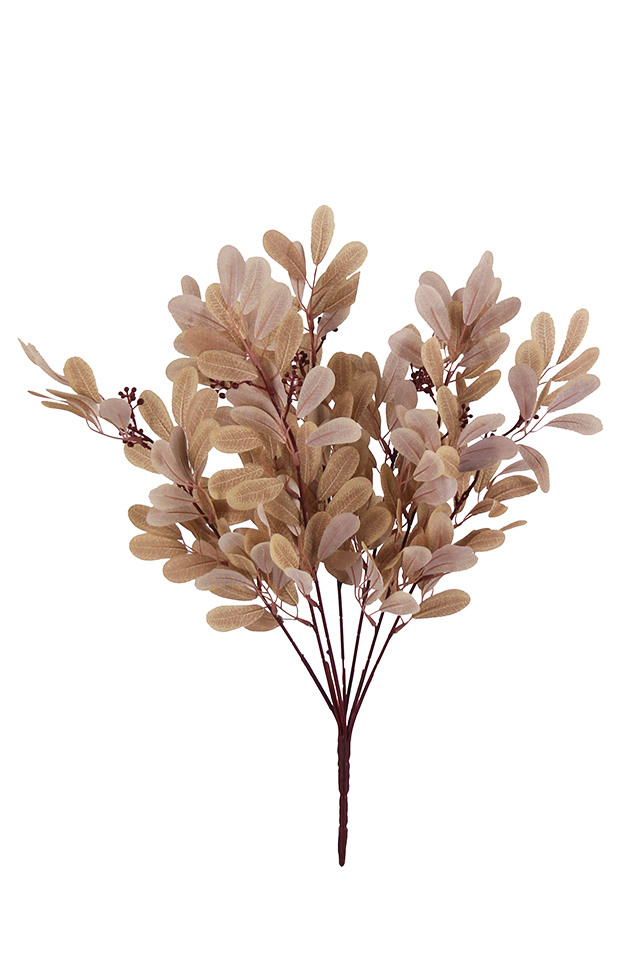
Reticulated Peanut Leaves 55cm Holstens

733 Peanut Plant Leaves Stock Photos High Res Pictures And Images Getty Images

10 500 Peanut Plant Leaves Stock Photos Pictures Royalty Free Images Istock
What Do Peanut Plants Look Like Identification Guide
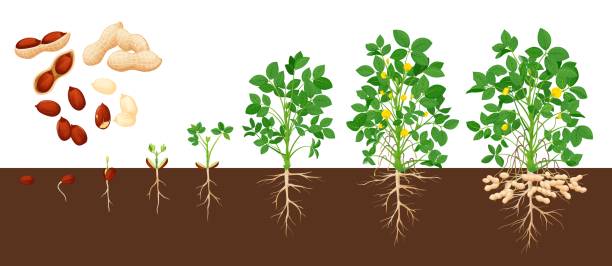
10 500 Peanut Plant Leaves Stock Photos Pictures Royalty Free Images Istock

Diseases Of Groundnut Plant Diseases Identification

Peanut Leaves With Flower Collection Stock Photo Download Image Now Peanut Food Flower Leaf Istock

10 500 Peanut Plant Leaves Stock Photos Pictures Royalty Free Images Istock

10 000 Peanut Leaf Stock Photos Pictures Royalty Free Images Istock
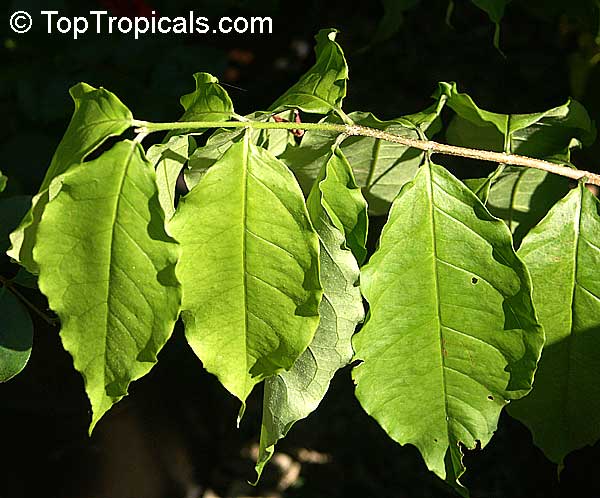
Peanut Butter Tree Bunchosia Glandulifera

Fact Sheet Peanut Leaf Spots 036
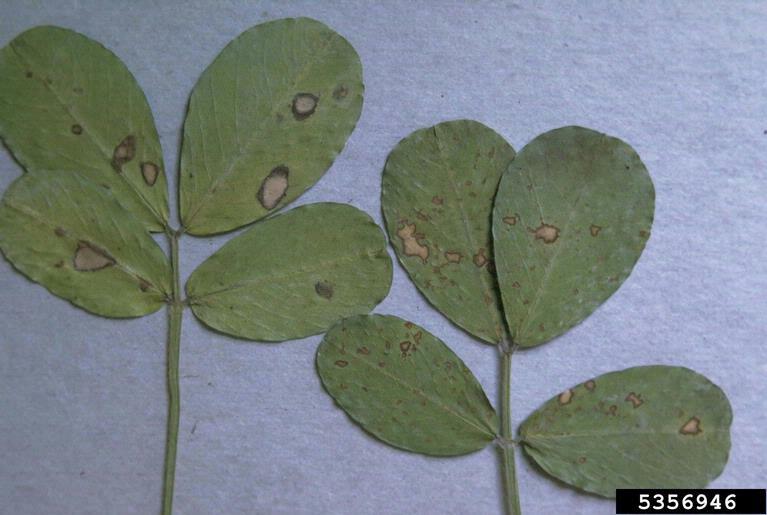
Peanut Groundnut Diseases And Pests Description Uses Propagation

35 Peanut Plant Leaves Bilder Und Fotos Getty Images